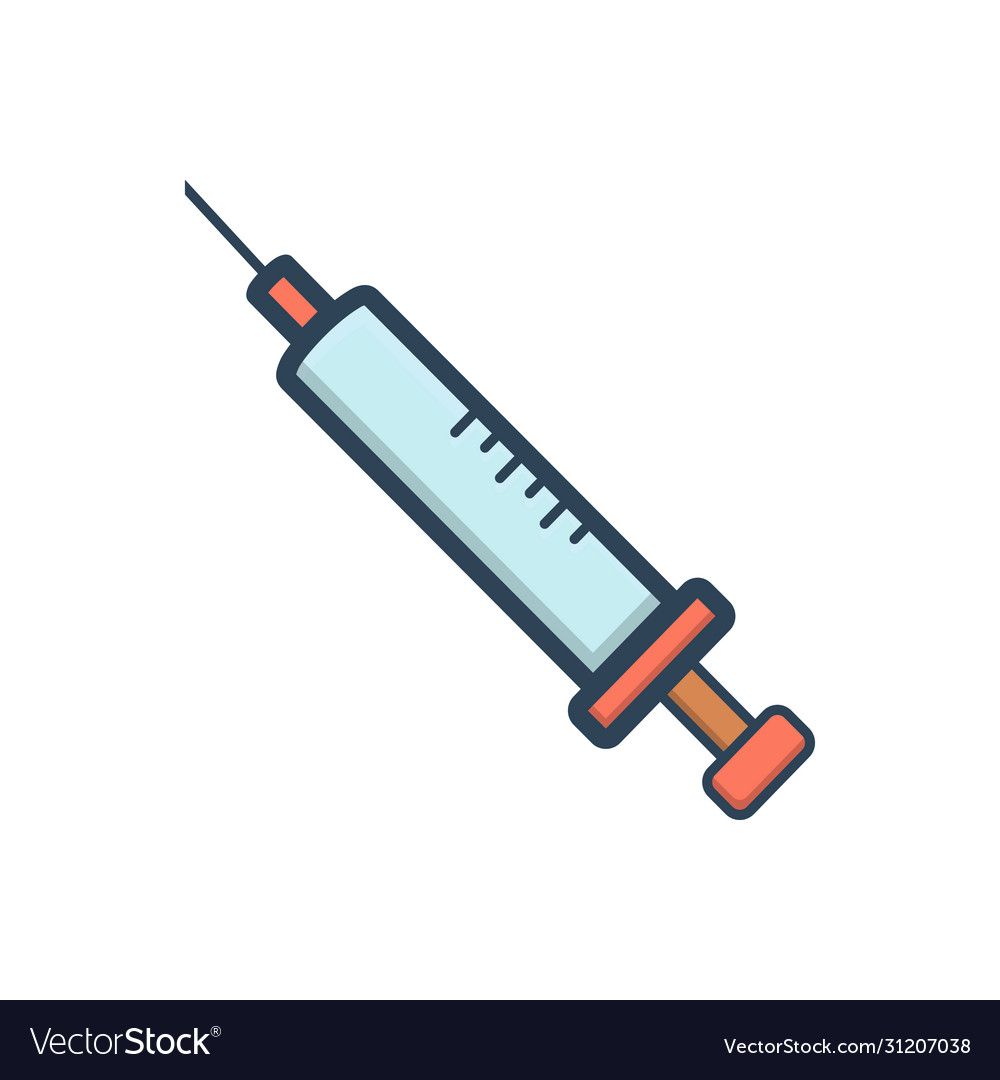Indications
Post-traumatic osteoarthritis, synovitis of osteoarthritis, rheumatoid arthritis, acute and sub-acute bursitis, epicondylitis, acute non-specific tenosynovitis, acute gouty arthritis, psoriatic arthritis, ankylosing spondylitis, juvenile rheumatoid arthritis, pemphigus, severe erythema multiforme (Stevens-Johnson syndrome), exfoliative dermatitis, bullous dermatitis herpetiformis, severe seborrheic dermatitis, severe psoriasis, bronchial asthma, contact dermatitis, atopic dermatitis, seasonal or perennial allergic rhinitis.
Pharmacology
The antiinflammatory actions of corticosteroids are thought to involve lipocortins, phospholipase A2 inhibitory proteins which, through inhibition of arachidonic acid, control the biosynthesis of prostaglandins and leukotrienes. Firstly, however, these glucocorticoids bind to the glucocorticoid receptors which translocate into the nucleus and bind DNA (GRE) and change genetic expression both positively and negatively. The immune system is suppressed by corticosteroids due to a decrease in the function of the lymphatic system, a reduction in immunoglobulin and complement concentrations, the precipitation of lymphocytopenia, and interference with antigen-antibody binding.
Dosage And Administration
Adults and children over 12 years of age: Initial dose is 60 mg. Dosage is usually adjusted within the range of 40 to 80 mg. For local areas, dose for adults is up to 10 mg for smaller areas and up to 40 mg for larger areas.
Children 6 to 12 years: Initial dose is 40 mg
Interaction
Aminoglutethimide: Aminoglutethimide may lead to a loss of corticosteroid-induced adrenal suppression.
Amphotericin B injection and potassium-depleting agents: When corticosteroids are administered concomitantly with potassium-depleting agents (ie, amphotericin B, diuretics), patients should be observed closely for development of hypokalemia. There have been cases reported in which concomitant use of amphotericin B and hydrocortisone was followed by cardiac enlargement and congestive heart failure.
Antibiotics: Macrolide antibiotics have been reported to cause a significant decrease in corticosteroid clearance.
Anticholinesterases: Concomitant use of anticholinesterase agents and corticosteroids may produce severe weakness in patients with myasthenia gravis. If possible, anticholinesterase agents should be withdrawn at least 24 hours before initiating corticosteroid therapy.
Anticoagulants, oral: Coadministration of corticosteroids and warfarin usually results in inhibition of response to warfarin, although there have been some conflicting reports. Therefore, coagulation indices should be monitored frequently to maintain the desired anticoagulant effect.
Antidiabetics: Because corticosteroids may increase blood glucose concentrations, dosage adjustments of antidiabetic agents may be required.
Antitubercular drugs: Serum concentrations of isoniazid may be decreased.
Cholestyramine: Cholestyramine may increase the clearance of corticosteroids.
Cyclosporine: Increased activity of both cyclosporine and corticosteroids may occur when the two are used concurrently. Convulsions have been reported with this concurrent use.
Digitalis glycosides: Patients on digitalis glycosides may be at increased risk of arrhythmias due to hypokalemia.
Estrogens, including oral contraceptives: Estrogens may decrease the hepatic metabolism of certain corticosteroids, thereby increasing their effect.
Hepatic enzyme inducers (eg, barbiturates, phenytoin, carbamazepine, rifampin): Drugs which induce hepatic microsomal drug metabolizing enzyme activity may enhance the metabolism of corticosteroids and require that the dosage of the corticosteroid be increased.
Ketoconazole: Ketoconazole has been reported to decrease the metabolism of certain corticosteroids by up to 60%, leading to an increased risk of corticosteroid side effects.
Nonsteroidal anti-inflammatory drugs (NSAIDs): Concomitant use of aspirin (or other nonsteroidal anti-inflammatory drugs) and corticosteroids increases the risk of gastrointestinal side effects. Aspirin should be used cautiously in conjunction with corticosteroids in hypoprothrombinemia. The clearance of salicylates may be increased with concurrent use of corticosteroids.
Skin tests: Corticosteroids may suppress reactions to skin tests.
Vaccines: Patients on prolonged corticosteroid therapy may exhibit a diminished response to toxoids and live or inactivated vaccines due to inhibition of antibody response. Corticosteroids may also potentiate the replication of some organisms contained in live attenuated vaccines. Routine administration of vaccines or toxoids should be deferred until corticosteroid therapy is discontinued if possible.
Contraindications
Triamcinolone Acetonide injection is contraindicated in patients with a sensitivity to the active or inactive ingredients.
Side Effects
Cushingoid syndrome, weakness, bruising or purpura, aggravation of infections, peptic ulcer, activation of latent or aggravation of existing diabetes, altered menstrual cycle, hirsutism.
Pregnancy And Lactation
Triamcinolone Acetonide injection should be used during pregnancy, nursing mothers if the possible benefits of the medication justify the potential hazards to the fetus or nursing infant.
Precautions And Warnings
Triamcinolone Acetonide injection should be used cautiously in patients with ocular herpes simplex, nonspecific ulcerative colitis, active or latent peptic ulcer, renal insufficiency, hypertension, osteoporosis, Cushing's syndrome, diabetes mellitus, congestive heart failure, chronic nephritis.
Overdose Effects
Treatment of acute overdosage is by supportive and symptomatic therapy. For chronic overdosage in the face of severe disease requiring continuous steroid therapy, the dosage of the corticosteroid may be reduced only temporarily, or alternate day treatment may be introduced.
Therapeutic Class
Corticosteroid, Glucocorticoids, Triamcinolone & Combined preparations.
Use in special populations
Use in the elderly: The common adverse effects of systemic corticosteroids such as osteoporosis or hypertension may be associated with more serious consequences in old age. Close clinical supervision is recommended.
Use in children: As corticosteroids can suppress growth, the development of infants and children on prolonged corticosteroid therapy should be carefully observed. Caution should be taken in the event of exposure to chicken pox, measles or other communicable diseases. Children should not be vaccinated or immunized while on corticosteroid therapy. Corticosteroids may also affect endogenous steroid production.
Storage Conditions
Store at controlled room temperature, 20-25°C, avoid freezing and protect from light.
